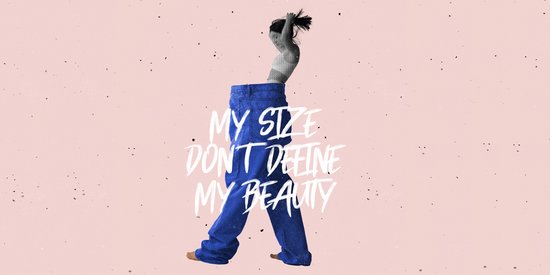It must be said that issues of the body, a woman’s figure and their weight are extremely widespread and these are amplified by concerns in our society.
Come on, let's face it, who can say that they have never tried to start a diet at least once in their life, or who has never even thought about it?
The first victims of the influence of the media are women, especially teenagers and young adults, caught up in the spiral of this stereotype where being slim has become synonymous with beauty.
Eating disorders are characterized by serious disturbances of eating behavior, an illness that requires attention. This illness carries a set of symptoms with it. And yet this form of illness is not just about food. In fact, some eating disorders are typically common while others are not. Letitia and Cath each tell us about their respective daughters, Juliet, who is 21 years old and Emma who is 24 years old. The two girls have suffered from eating disorders, but have not experienced the same story.
Letitia tells us: "Juliet had indigestion at the age of 12. She has been suffering from a complaint called emetophobia or the fear of vomiting, that has changed over time into anorexia. Juliet became distant, she hid away from family meals, she even stopped going to sleepovers at a friend's house because she knew there would be dinner. Her father and I thought she was just going through a teenage crisis because of her age. When I look back at this today, I tell myself that there were warning signs with Juliet, which I saw, but which I did not really suspect or did not want to see."
Cath, in turn, tells us that when her daughter was 13 years old, a classmate in her class remarked "You have big thighs". From that day onwards, Emma began to “fix” her thighs. She found excuses to avoid having breakfast, while at the same time eating light dinners, weighing herself every day. Sometime later, Emma was hospitalized for two years when she was cut off from the world. She is finally healed, but not entirely. “Emma doesn't focus on her weight any more, but pays a lot of attention to what she eats ."She was cured of the scales, but not in her head, at times she had excessive eating habits and she ended up regurgitating voluntarily," she tells us. Emma went from anorexia nervosa to bulimia.” To this day,” confides Emma's mom, “I can say that what she is doing day by day is attending OA meetings”. By talking within her group, Emma has made new friends who have the same illness as her.
Sociocultural factors: idealization of thinness, social pressures (especially in certain sports or activities such as gymnastics, dance, fashion), prejudices against obesity...
Eating disorders can have physical consequences that can help you determine if your daughter is potentially suffering from any of these conditions such as dry skin, vitamin deficiencies, stopping menstruation ...
There is no limit to a eating disorder. From the moment you worry about your child, do not hesitate to turn to a specialist, or to work with addiction coaches. You may also be advised to join an OA group.
OVEREATERS ANONYMOUS provides insight into our problems of eating compulsively, strength to deal with it, and a very real hope that there is a solution for us. See the OA website here.
ANOREXICS and BULIMICS ANONYMOUS provides a 12 step programme to get back on track with a healhy lifestyle
One Day At A Time...








